个人资料
最新文章
文章分类
归档
2011 (231)
2012 (120)
2013 (207)
2015 (1)
2016 (85)

正文
美国的献血月始于1970年。根据美国血库协会(AABB)统计,美国每天需要大约39,000单位的血液来供应美国的医院和急诊室,特别是那些有癌症,器官移植,和创伤病人的医疗机构。美国的血液供应主要是由美国血库协会(AABB),美国红十字会(American Red Cross),美国血液中心(America’s Blood Centers)来协调。在严寒的冬天里,由于疾病,事故,和不可预见的天气,让血液供应更困难。
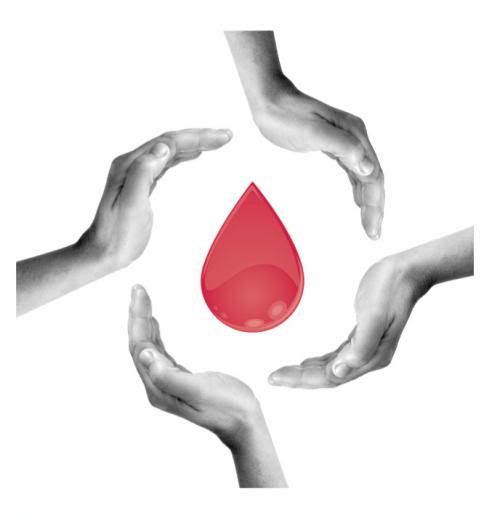
美国基本的献血要求是:年满17岁(16岁以下必须父母签字同意);志愿献血;体重高于110磅;健康没有感染;不用任何抗菌素;没有发烧;献血那天感觉正常;一般八周之内不能重复献血。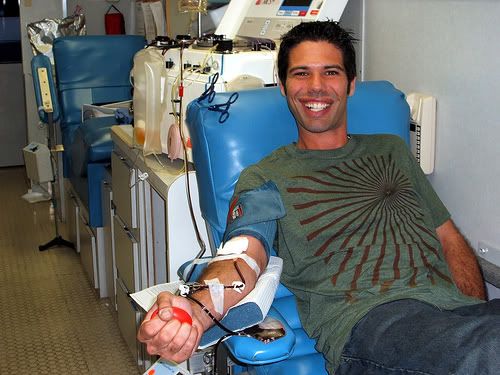
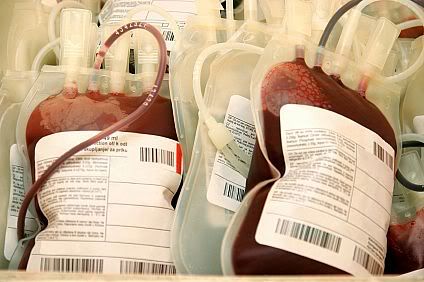
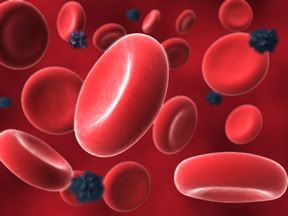
美国每年有成千上万的健康人志愿献血。美国红十字会(American Red Cross)有专门的献血卡车,常常停在商场和学校来方便献血者。交通事故在冬天较多,各种血型的血在这个季节里都会短缺。
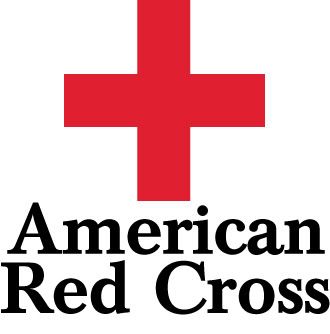
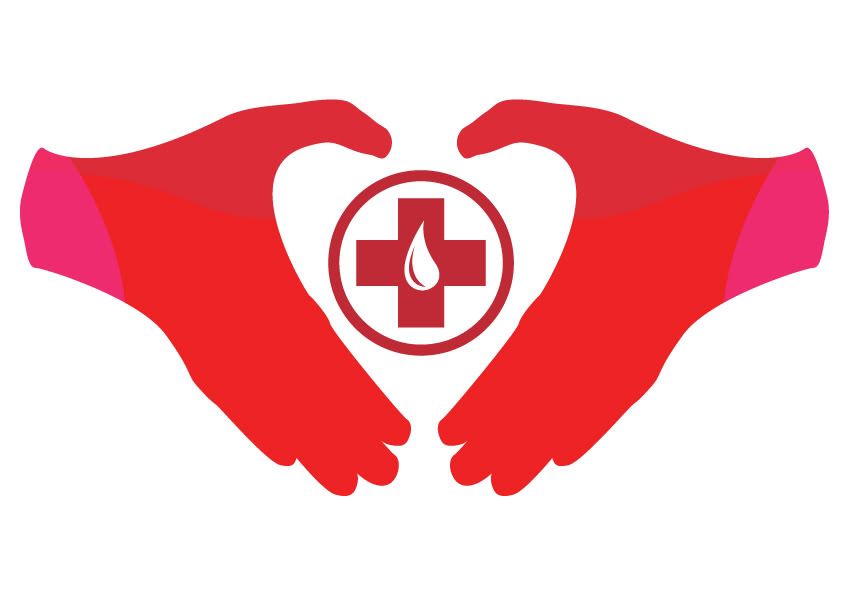




Suicidal ideation is life-threatening and is prevalent among people living with HIV (PLWH). A dearth of such studies was conducted in China. This study investigated the prevalence of suicidal ideation and associated factors among PLWH who were former blood and/or plasma donors (FBPD) in a rural county in central China. Prospective respondents were randomly selected from a local registry; 176 PLWH who were FBPD joined the study. With informed consent, these PLWH and their spouse were interviewed separately and anonymously. Respectively, 34 and 8% of the sampled (index) PLWH self-reported having suicidal ideation and making a suicidal attempt in the last year. The multivariate analyses results showed that the index PLWH's Physical Function subscale score of the Medical Outcomes Study HIV Health Survey scale (Odds ratio (OR)=6.67, 95% CI=1.69-26.27, 75 percentiles), the Depression subscale score of the Depression, Anxiety, and Stress Scales (DASS; OR=9.26, 95% CI=1.32-64.77), and the spouse's Depression subscale score of the DASS (OR=7.64, 95% CI=1.37-42.77) were independently associated with the index PLWH's suicidal ideation. HIV-related variables (e.g., duration of diagnosis, treatment and side effects) and perceived discrimination of the index PLWH, and HIV status of the PLWH's spouse, were not significant factors. Depression is a risk factor for suicides. Moreover, depression may be contagious and the depression status of the spouse also matters. Treatments for depression and prevention intervention for suicides targeting PLWH in rural China are not readily available. Such services are greatly warranted and need to be provided to both the PLWH and his/her spouse.
When comparing rates of complications across age groups, the results showed that 16- and 17-year-old blood donors had much higher rates of complications, such as lightheadedness without loss of consciousness, fainting with loss of consciousness, bruising, and other problems, after donation.
Researchers found complications occurred after 10.7% of donations by 16- and 17-year-old blood donors, compared with 8.3% among 18- and 19-year-old blood donors and 2.8% among blood donors aged 20 and older.
Younger blood donors were also more likely to experience loss of consciousness and other major complications than older donors. Although injuries related to fainting were uncommon (5.9 events per 10,000 blood donations), they were 2.5 times more likely among 16- and 17-year-old blood donors compared to 18- and 19-year-old donors and 14 times more likely than in donors 20 years and over.
Researchers found young blood donors who experienced even a minor complication (such as sweating, becoming pale, or feeling lightheaded without loss of consciousness) were 60% less likely to return to donate within a year than those who did not experience donation-related problems.
"Consequently, any negative experience diminishes the likelihood of return blood donation, and increases the possibility that a short-term yield in donations incurs the ultimate expense of deterring future blood donation by young donors," the researchers write. "These findings are particularly pertinent at a time when blood centers are becoming increasingly reliant on young donors to maintain an adequate blood supply."